The Ford Maverick Grabber, a unique blend of compact economy and muscle car aesthetics, was a standout of the 1970s. It combines the practicality of a small car with the striking design elements of a performance vehicle. This dual appeal has helped it maintain interest among car enthusiasts and collectors to this day.
Origins and Development
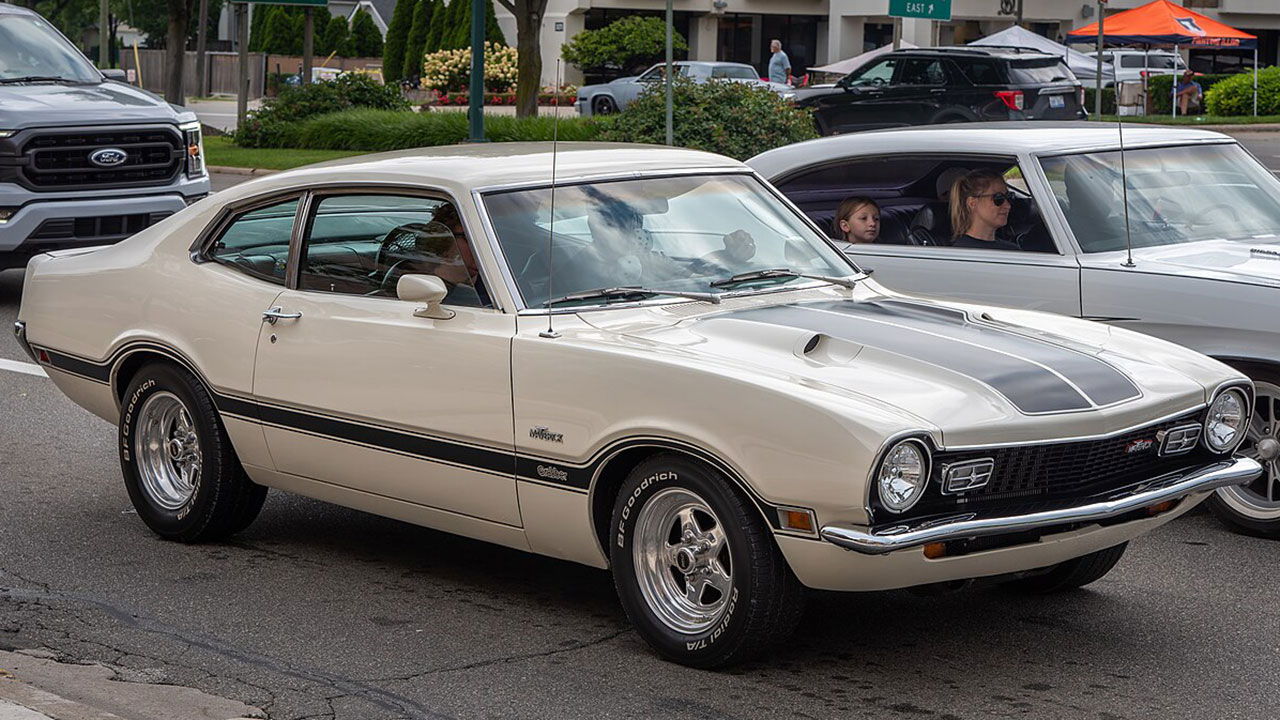
In the late 1960s and early 1970s, the automotive industry was undergoing significant changes. The oil crisis was looming, and consumers began to seek more economical options without sacrificing style. Ford recognized this shift and sought to meet the demand with a new model. The Maverick was introduced as an affordable, compact car designed to compete with imports that were gaining traction in the American market.
The Grabber variant emerged from this context, as Ford aimed to create a more eye-catching version of the Maverick. The idea was to offer a car that appealed to young drivers who desired the sporty look of a muscle car but at a fraction of the cost. Thus, the Maverick Grabber was born, embodying both practicality and style.
1970 Debut
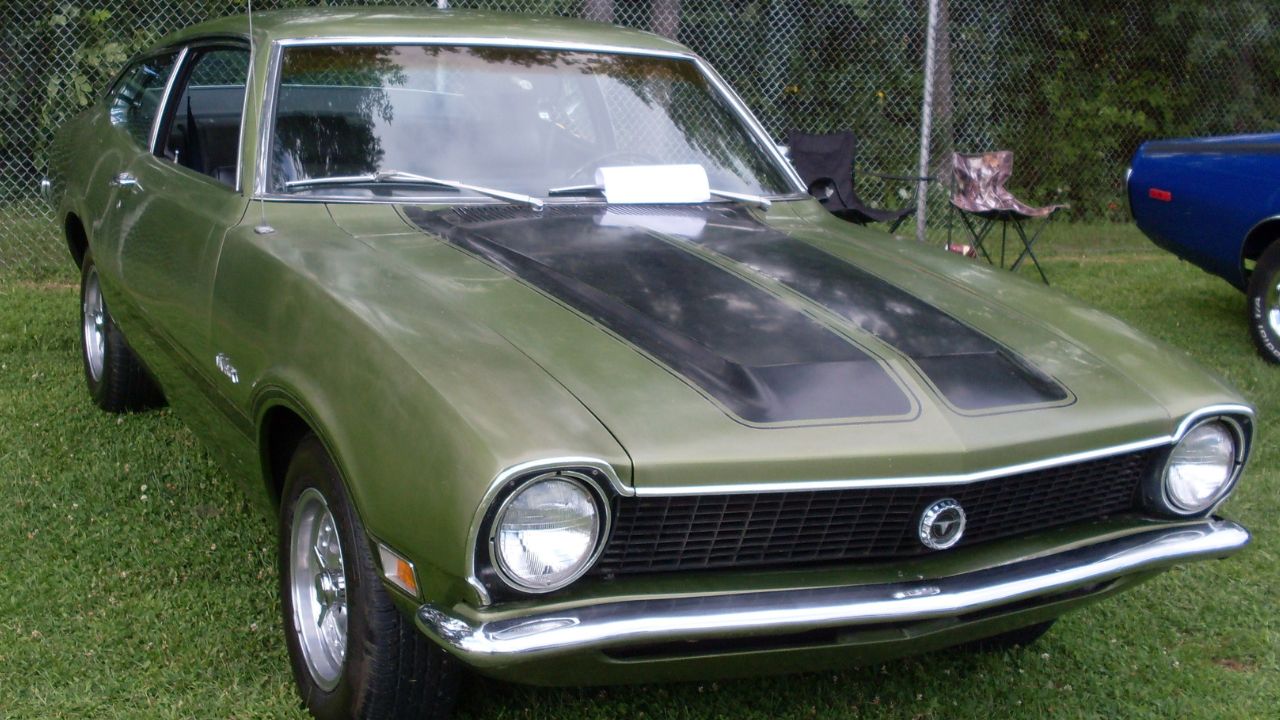
Ford officially introduced the Maverick Grabber in 1970. This debut was set against a backdrop of changing consumer preferences and increasing competition from both domestic and foreign manufacturers. The Maverick Grabber was marketed with a focus on its sporty appearance, featuring distinctive stripes, a blacked-out grille, and optional hood scoops. This aesthetic differentiation played a crucial role in capturing the attention of the youth market.
The initial reception was positive, as Ford’s marketing strategy effectively highlighted the Maverick Grabber’s blend of economy and style. With a starting price that was accessible to younger buyers, the Grabber quickly gained popularity. Ford leveraged various promotional campaigns, including advertisements in popular magazines and television spots, to boost its appeal.
Design and Features of the Maverick Grabber
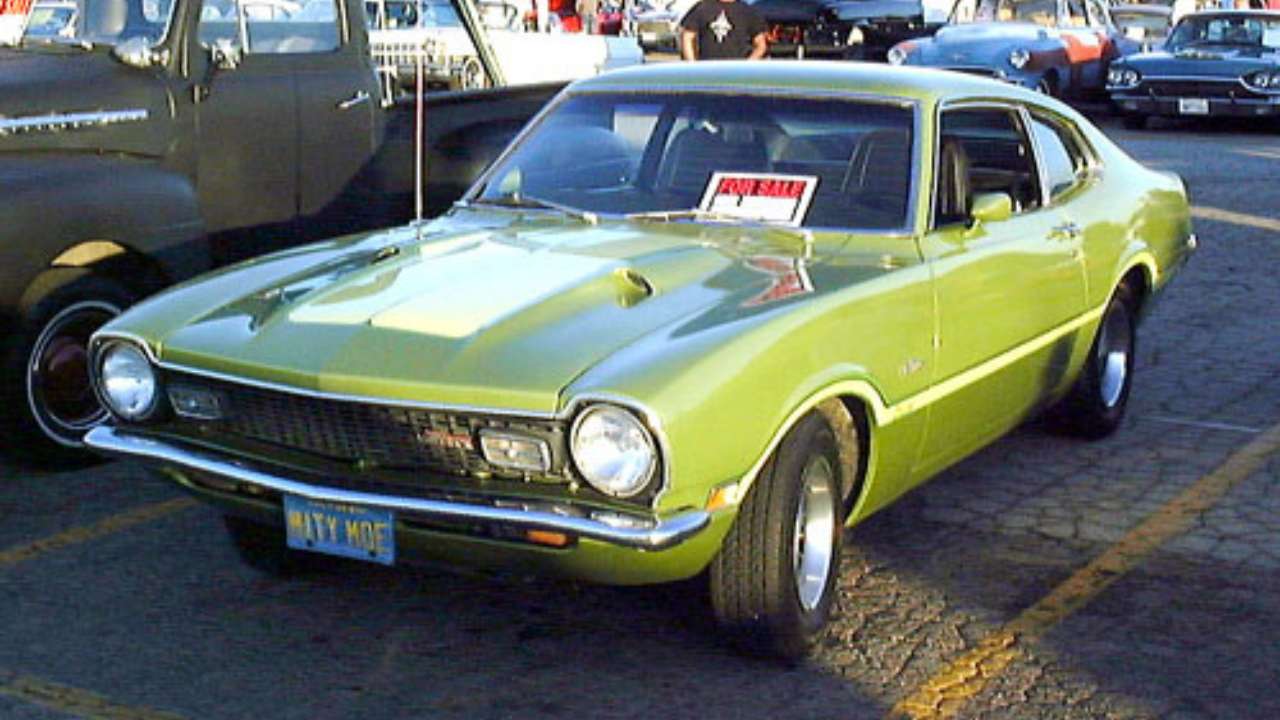
One of the key aspects that set the Maverick Grabber apart from its standard counterpart was its design. The Grabber featured bold graphics, including eye-catching stripes and vibrant color options, which made it visually distinct. The car’s aggressive stance, coupled with its sporty grille and hood scoops, gave it a muscle car vibe, despite being a compact model.
Performance-wise, the Maverick Grabber was equipped with various engine options that appealed to those seeking a spirited driving experience. The availability of a V8 engine option provided the power that young drivers craved, while the car’s lightweight design allowed for nimble handling. These features made the Grabber an attractive choice for those who wanted performance without breaking the bank.
Evolution Through the Years
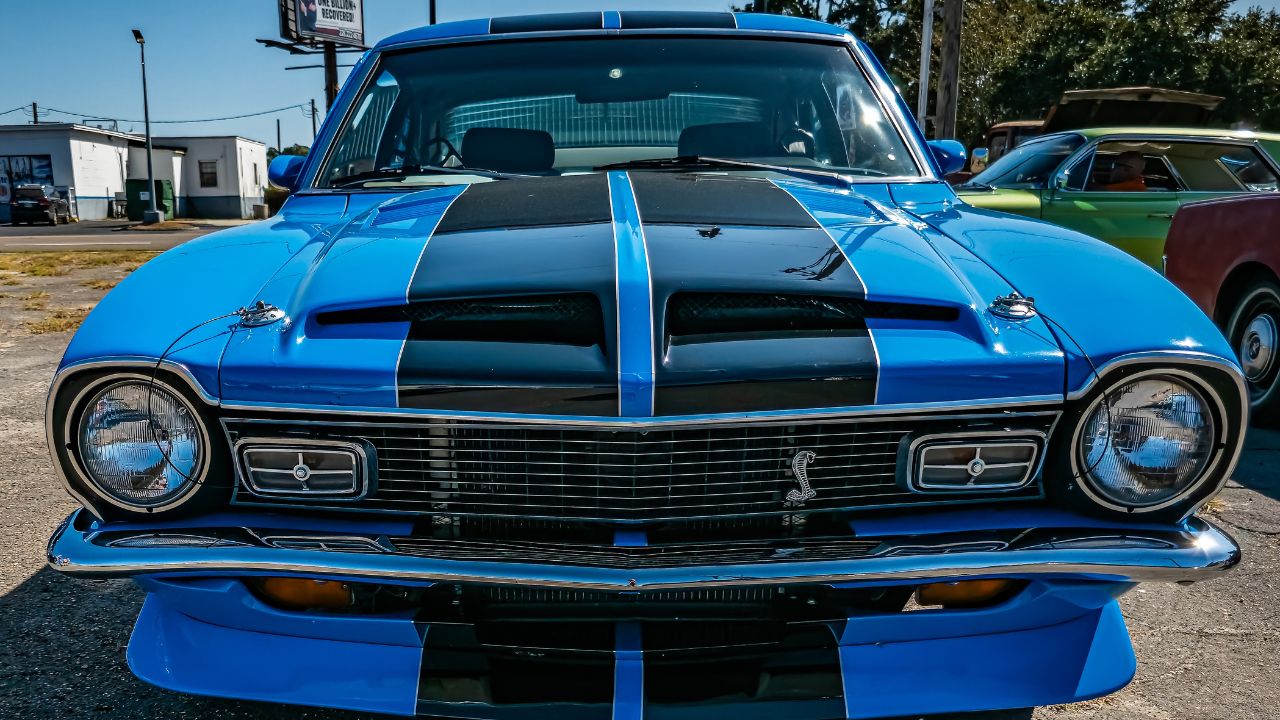
Throughout its production run, the Maverick Grabber underwent several changes. From its introduction in 1970 until the end of production in 1975, Ford made various updates to keep the model fresh and competitive. These updates included new color options, minor design tweaks, and improvements in engine performance.
One notable version of the Maverick Grabber was the 1971 model, which introduced a new grille design and revised hood scoops. Special editions were also released, featuring unique paint schemes and interior enhancements. These variations added to the car’s allure and helped maintain its popularity over the years.
Maverick Grabber’s Place in Automotive History
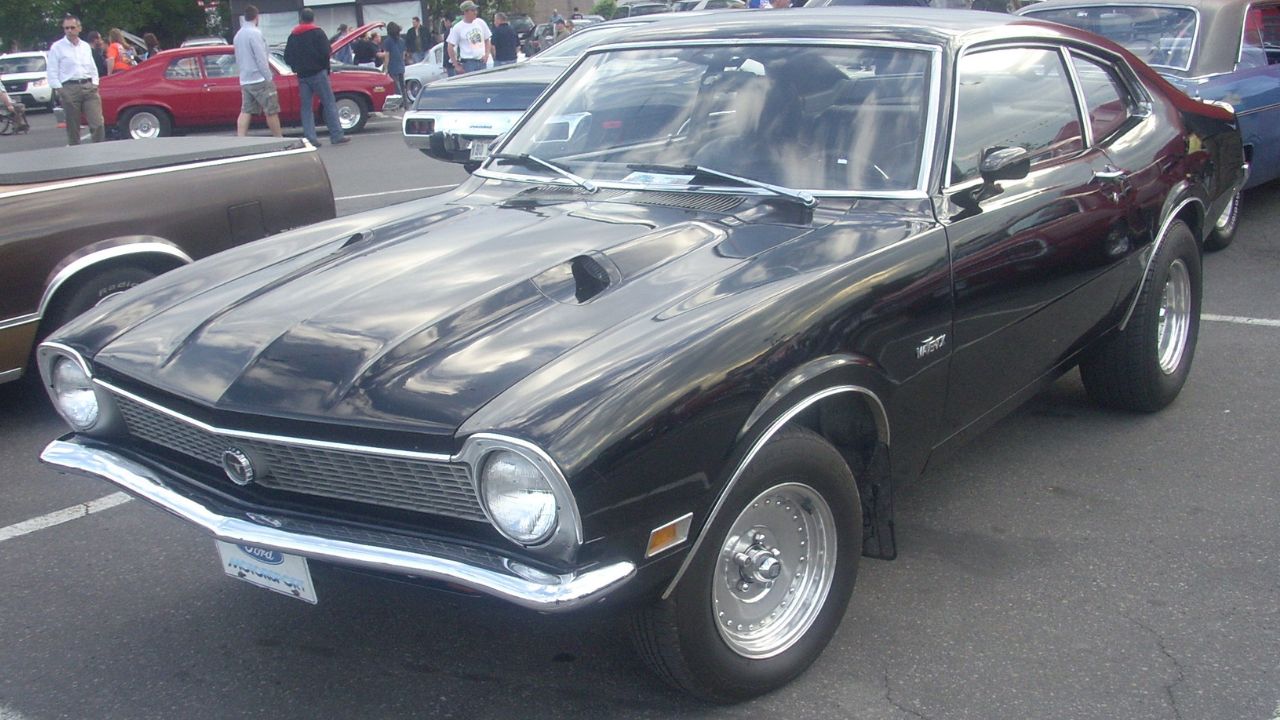
During the 1970s, the Maverick Grabber played an important role in the automotive market. It was positioned as an accessible option for young drivers who desired the sporty aesthetics of a muscle car without the associated high costs. This positioning allowed Ford to capture a significant share of the youth market, solidifying the Maverick Grabber’s status as a cultural icon of the era.
The Grabber’s appeal extended beyond its target demographic, as it also attracted buyers looking for a practical yet stylish vehicle. Its affordability and distinctive design made it a popular choice, contributing to Ford’s success during a challenging economic period. This impact is still recognized today, as the Maverick Grabber remains a beloved model among classic car enthusiasts.
Legacy and Influence
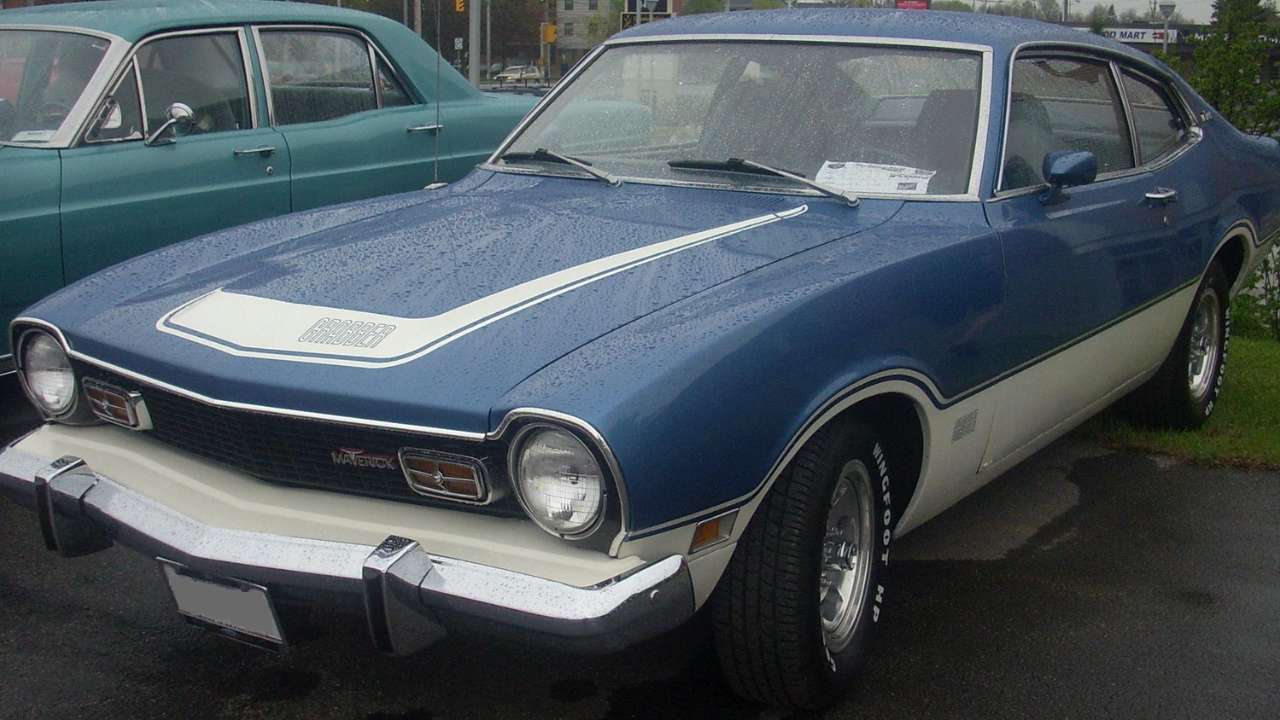
The Maverick Grabber’s influence can be seen in future Ford models and the broader automotive industry. Its combination of compact size and sporty design elements set a precedent for later vehicles that sought to appeal to younger consumers. The Grabber’s legacy is also evident in popular culture, with references and tributes appearing in various media.
Modern car designs continue to draw inspiration from the Maverick Grabber’s unique blend of practicality and style. The car’s enduring popularity is a testament to its innovative approach and the lasting impact it has had on both consumers and car manufacturers.
Current Market Value and Collectibility
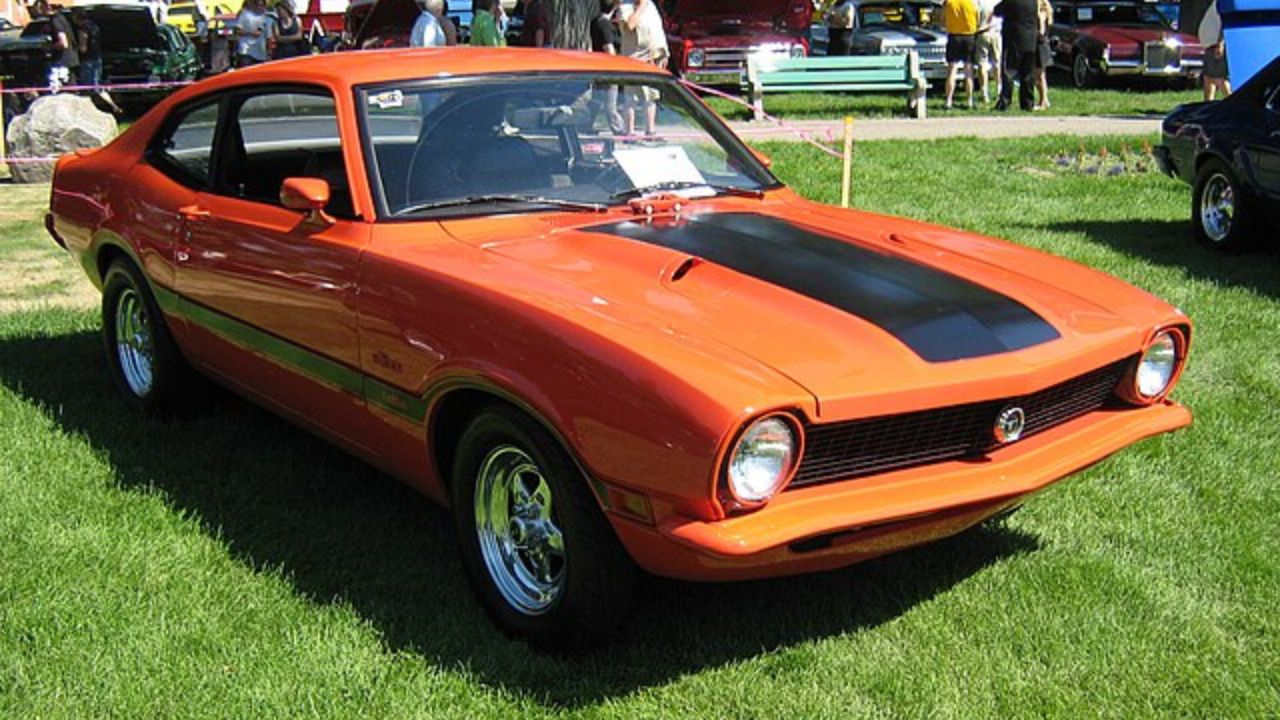
The current market value of classic Maverick Grabbers is influenced by several factors. Condition, originality, and rarity play a significant role in determining a car’s price. Vehicles that have been well-maintained and retain their original features tend to command higher prices among collectors and enthusiasts.
Rarity also impacts value, as certain models or special editions are more sought after than others. The availability of original parts and the car’s provenance can further affect its desirability.
Buying and Selling in Today’s Market

In today’s market, the Maverick Grabber continues to attract interest from collectors and car enthusiasts. The demand for classic cars has been steadily increasing, and the Grabber is no exception. Current price ranges for the Maverick Grabber can vary significantly, depending on the car’s condition, history, and rarity.
Potential buyers and collectors should be mindful of certain aspects when purchasing a Maverick Grabber. It’s essential to verify the car’s authenticity and condition, as these factors greatly influence its value. Buyers should also consider enlisting the help of a professional appraiser or classic car expert to ensure a fair purchase.
The Maverick Grabber’s enduring allure lies in its combination of historical significance, distinctive design, and collectible value. Its unique blend of practicality and style continues to captivate car enthusiasts today, solidifying its place in automotive history.
Like Fast Lane Only’s content? Be sure to follow us.
Here’s more from us:
*Created with AI assistance and editor review.

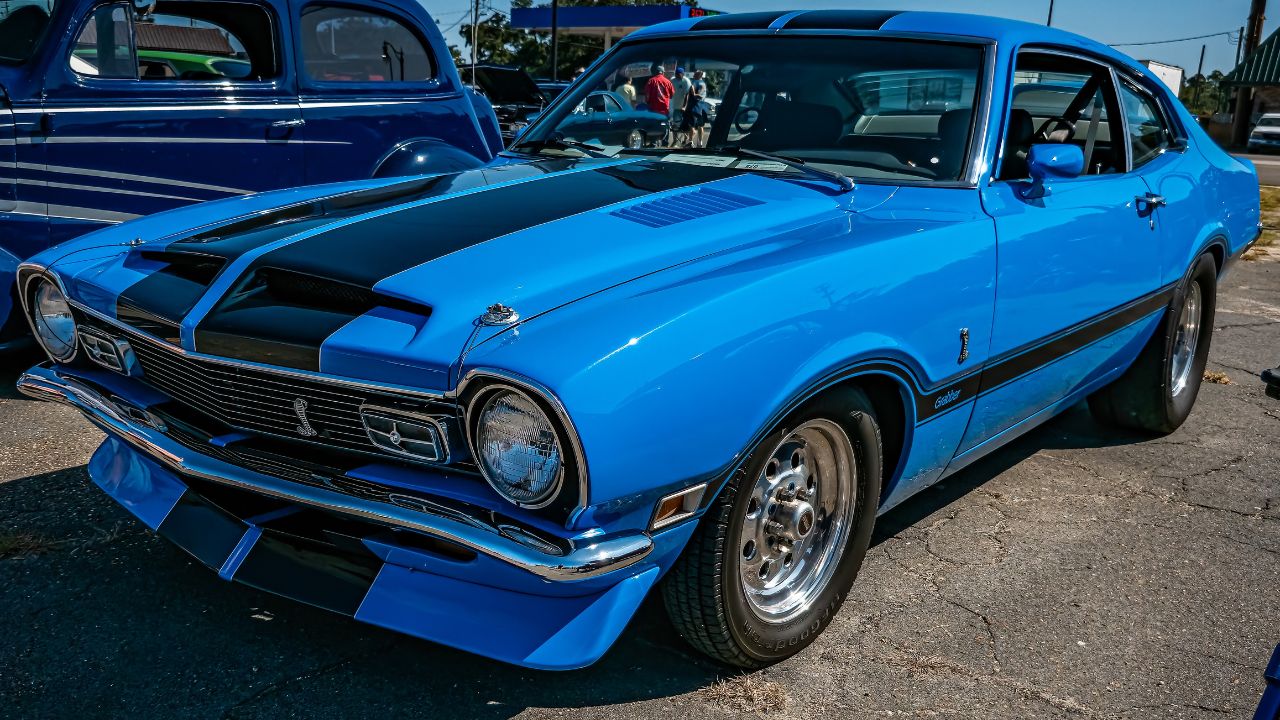
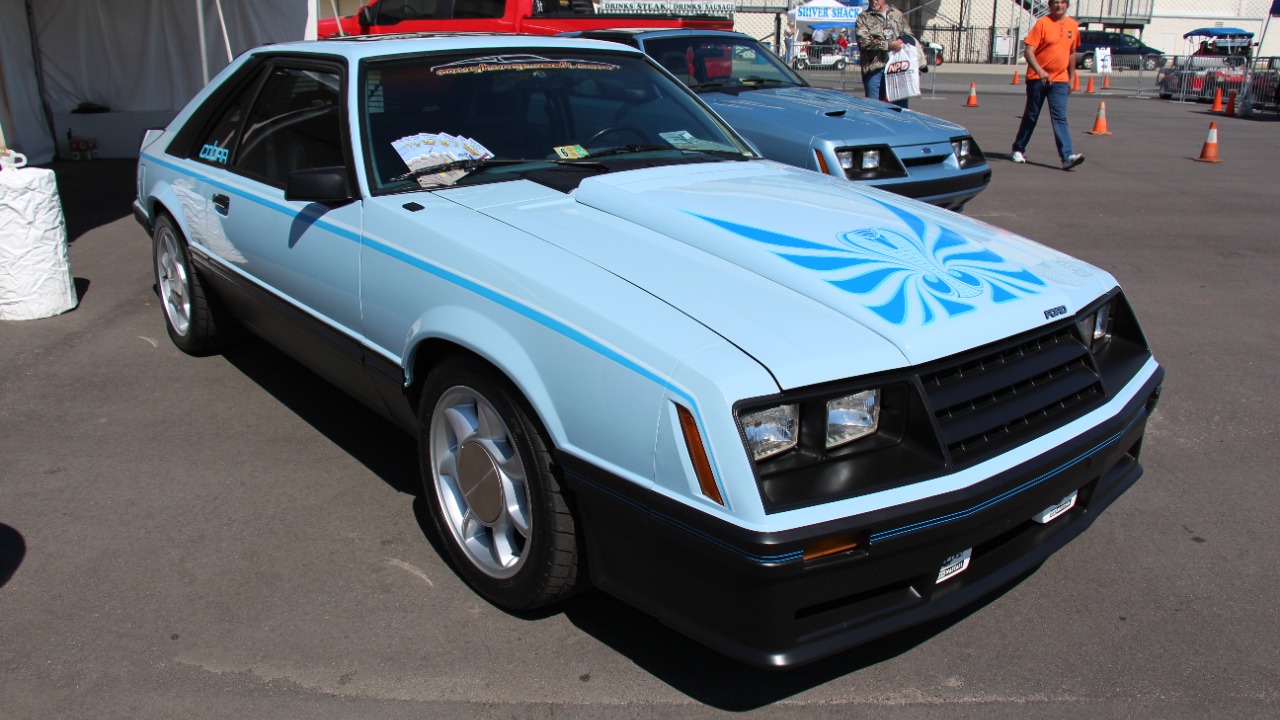
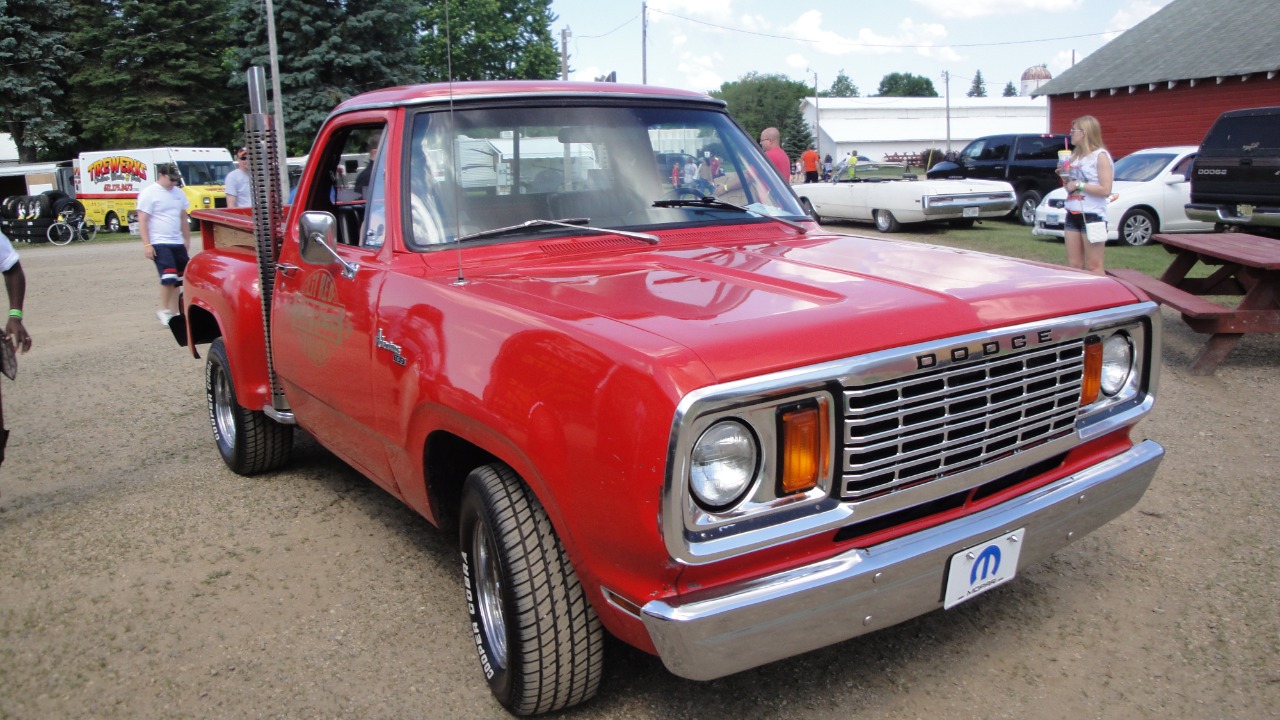

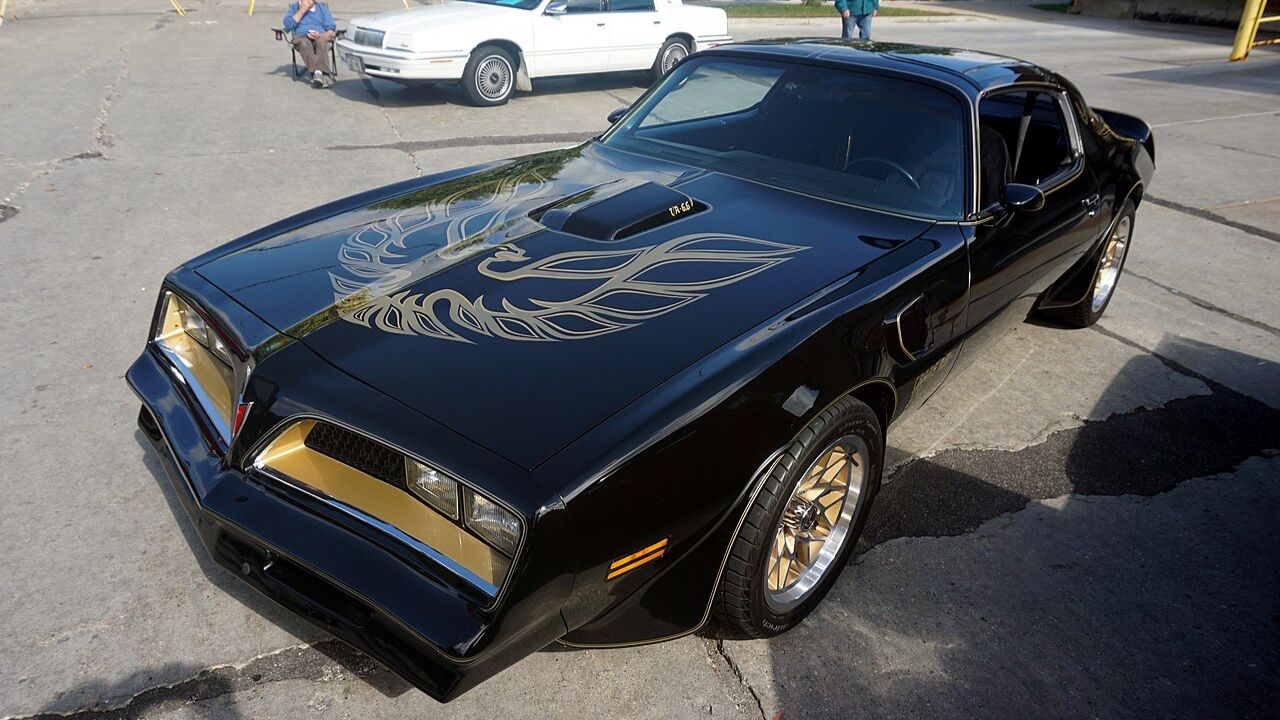

Leave a Reply